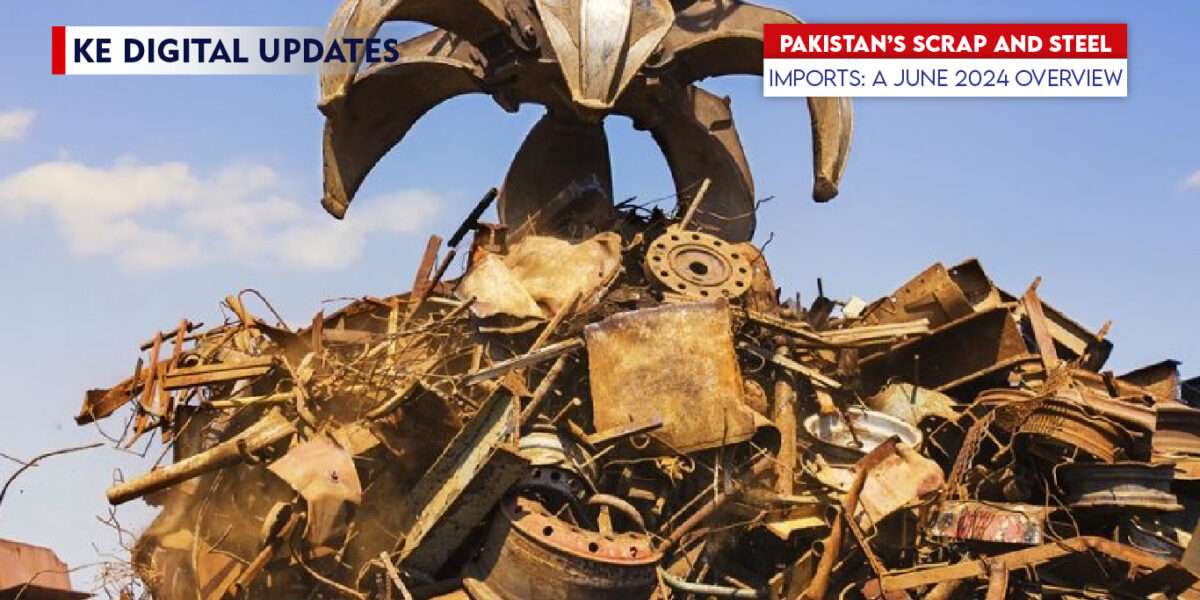Published on 22 July 2024
In June 2024, Pakistan’s import landscape for scrap and steel experienced notable shifts, reflecting broader market dynamics and economic conditions.
Decline in Scrap Imports
Pakistan imported 216,809 metric tons of scrap in June, marking a 14.4% decrease from May and a 6.6% decline compared to June 2023. Despite the reduction in volume, the value of these imports stood at $98.39 million, which is a 62.4% increase year over year but a 13.2% decrease month over month. This discrepancy between volume and value suggests fluctuations in global scrap prices and possibly changes in the quality or type of scrap being imported.
Iron and Steel Imports:
In contrast to scrap, Pakistan’s iron and steel imports showed a different trend. The country imported 260,358 metric tons of iron and steel in June, which is a 6.9% decrease from the previous year but a 20.3% increase from May. The value of these imports was $174.91 million, reflecting a 6.6% month-over-month increase but a 15.5% year-over-year decrease. This indicates a complex interplay of factors such as demand fluctuations, international steel prices, and possibly changes in domestic production capacities.
Market Implications
The decrease in scrap imports could indicate several factors, including reduced demand from local steel mills, changes in inventory levels, or shifts in sourcing strategies. The significant year-over-year increase in the value of scrap imports, despite the lower volume, highlights the impact of rising global scrap prices.
On the other hand, the increase in iron and steel imports from May suggests a rebound in demand or a response to supply chain adjustments. The year-over-year decrease in value, however, points to potential price reductions or changes in the types of steel products being imported.
Conclusion These import trends underscore the dynamic nature of Pakistan’s steel industry and its responsiveness to both global market conditions and domestic economic factors. Stakeholders in the industry, including policymakers and business leaders, will need to closely monitor these trends to make informed decisions and strategize for the future.


